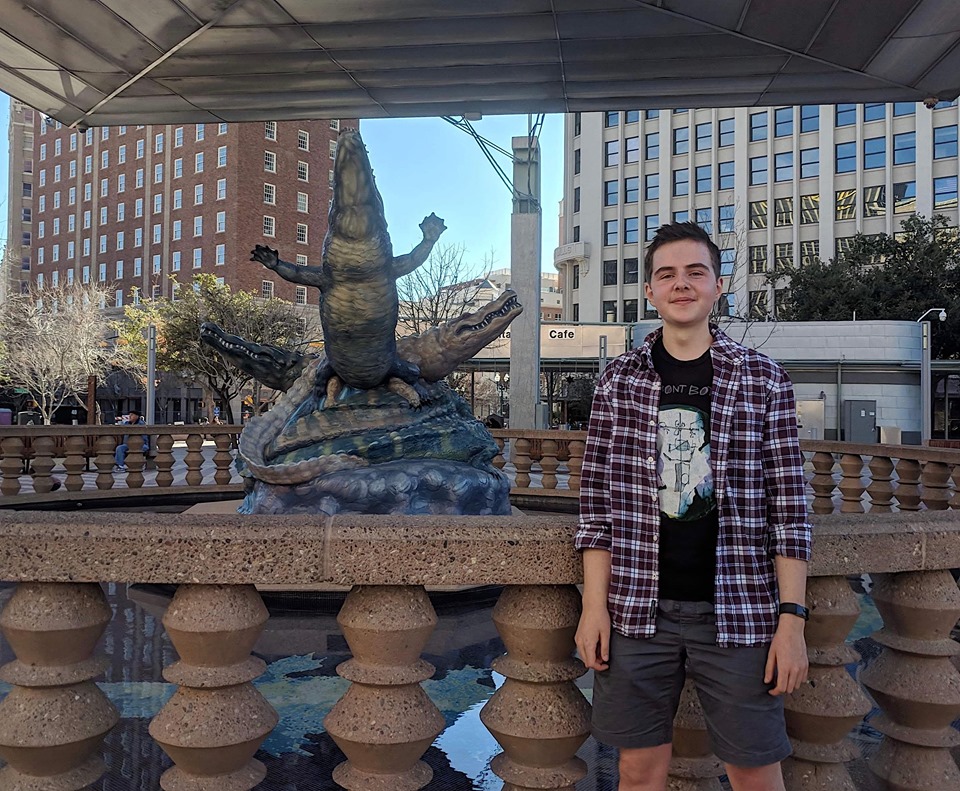Seed Savers Exchange is a non-profit organization with the mission of preserving the diversity of garden vegetables, flowers and herbs that have a history in the United States. The organization has many parts all working together to save the seeds, evaluate and collect data on the varieties grown out as well as research the histories of all the accessioned varieties and promote the varieties in the commercial catalogue and the member’s yearbook exchange.
My internship is with the Preservation Department which actively maintains the seed bank. As an intern I have the privilege of moving about and working with different people on different projects every few weeks. The schedule has allowed me to get a little taste of everything that happens in the Preservation Department and to also get my hands deep into specific projects. The role I serve in the organization is primarily to learn about and experience first-hand the work done here and secondly to jump into projects and be helpful. As an intern I very much appreciate the emphasis on my learning experience.
The first couple of weeks I jumped in on fleshy fruit processing: everything from peppers, squash, tomatoes and cucumbers to watermelon and eggplants. The basic task was to extract the seed, clean it and then lay it out to dry. The watermelon was by far the most fun and the most delicious!
After that I helped out with the garlic planting. Each year in early summer all 300 varieties of garlic are harvested and hung up to dry and then later, in the fall, the cloves are separated and replanted. Garlic does not store well and so this is the necessary routine for the preservation of all the garlic varieties.
The next project was to bring in the biennials for winter storage in the root cellar. Many vegetable varieties do not produce seed until the second year and must be vernalized after the first year. We dug up the plants, trimmed the excess foliage and then potted up the roots before tucking them away into the root cellar.
I then began to work with the evaluation team. They are tasked with evaluating every variety in the collection. They record all traits ranging from the size and color of every part of the plant to running taste tests and recording storage quality. I worked on evaluating the beans, runners, soybeans, peas and cowpeas in their dry stage of life. The tasks included shelling, taking scans of the seeds, recording color, patterning, size, shape and preparing a taste test. There are over 6000 bean varieties in the collection and only about 70 were grown out this year. The seeds are expected to last 100 years in the seed vault and then they will have to be grown out again so that fresh seed can be harvested and stored. Working with the evaluation team I learned a lot about the anatomy of plants, the terminology used in evaluation and how to identify impurities and crossing. I also learned some about the genetics of different vegetable species and how that information dictates how you run isolations when you grow them out and save true to type seed.
I study Environmental Science and I am particularly interested in vegetable farming as well as botany and ecology. My internship with Seed Savers Exchange has given me hands-on, valuable experience with an important aspect of vegetable farming, botany and applied genetics. I am inspired by the mission and I am impressed with the passion brought to this work.






